MULTINATIONAL FINANCE EVALUATING THE OPPORTUNITIES COSTS AND RISKS OF MULTINATIONAL OPERATIONS 6TH EDITION – Test Bank
PART II Derivative Securities for Currency Risk Management
Chapter 5 Currency Futures and Futures Markets
Notes to instructors:
Answers to non-numeric multiple-choice questions are arranged alphabetically so that answers are randomly assigned to the five outcomes.
True/False
1. A foreign currency futures contract is a commitment to exchange a specified amount of one currency for a specified amount of another currency at a specified time in the future.
True.
2. A foreign currency futures contract is a commitment to exchange a specified amount of one currency for another currency at a specified time in the future using the actual spot rate on that future date.
False. If you want to exchange currency at the actual spot rate, simply wait until that date.
3. A currency futures contract is closer in function to a currency option contract than to a currency forward contract.
False. Currency futures are similar in function to forward contracts.
4. The choice between a currency forward or futures contract depends on whether the instrument is to be used for hedging or for speculation.
False. The choice depends on the tradeoffs between flexibility, liquidity, cost, and price.
5. Exchange-traded currency futures contracts are customized to fit the needs of individual clients.
False. Exchange-traded futures contracts are highly standardized instruments.
6. Changes in the underlying spot rate of exchange are settled daily in a futures contract whereas they are settled at maturity in a forward contract.
True.
7. A major problem with a currency forward contract is that one party always has an incentive to default when the actual spot rate diverges from the contract price.
True.
8. If the closing spot rate is $0.5800/C$ at the expiration of a forward contract, the party that has sold C$ at a forward rate of $0.5754/C$ has an incentive to default.
True.
9. If the closing spot rate is $0.5800/C$ at the expiration of a forward contract, a party that has sold dollars at a forward rate of $0.5754/C$ has an incentive to default.
False. This price is profitable for the short dollar (long C$) forward position.
10. Forward contracts are marked-to-market daily.
False. Futures contracts are marked-to-market daily.
11. Initial and maintenance margins are required on currency futures contracts.
True.
12. If an investor cannot meet a margin call, the exchange clearinghouse subtracts the amount due from the margin account and closes out the futures contract.
True.
13. If one of the parties to a futures contract defaults, it is the clearinghouse that usually bears the loss.
False. The broker initiating the trade (the registered futures merchant) must bear any loss.
14. Standardization in currency futures contracts increases liquidity and marketability, but reduces their flexibility relative to forward contracts.
True.
15. In a forward contract, an exchange clearinghouse takes one side of every transaction.
False. An exchange clearinghouse takes one side of every transaction in a futures contract. Forward contracts are usually issued by commercial banks.
16. One disadvantage of exchange-traded currency futures contracts is that the buyer doesn’t know the identity of the seller of the contract.
False. The exchange clearinghouse is on the other side of every transaction.
17. Futures contracts can be viewed as a bundle of renewable one-day forward contracts.
True.
18. A 90-day currency futures contract on the Chicago Mercantile Exchange contains three renewable one-month contracts.
False. A 90-day futures contract can be viewed as 90 renewable one-day forward contracts.
19. Price limits are intended to avoid overreaction by giving market participants ample time to incorporate new information into prices.
True.
20. True prices can never change more than the daily trading limits on exchange-traded futures contracts.
False. True (underlying) prices may go outside of this range.
21. Forward and futures contracts are equivalent once they are adjusted for contract terms and liquidity.
True.
22. Both currency forward and currency futures contracts allow you to hedge against unexpected changes in nominal currency values.
True.
23. Both currency forward and currency futures contracts allow you to hedge against unexpected changes in real exchange rates.
False. Because they are based on nominal exchange rates, neither protect you from unexpected changes in real exchange rates.
24. Currency forward contracts can hedge the currency risk exposure of a contractual cash flow to be received in a foreign currency on a known future date.
True.
25. Gains and losses are settled monthly on Chicago Merc futures contracts.
False. They are settled daily.
26. The sum of the daily settlements on a currency futures contract equals the net gain or loss at the expiration of a comparable forward contract.
True.
27. Cross rate futures market hedges can be used to reduce commissions.
True.
28. When choosing between forwards and futures in hedging a transaction exposure to currency risk, the benefits of a higher quality hedge with a forward contract must be weighed against the transactions costs of the forward contract.
True.
29. A company should compare forward and futures contracts solely on the basis of cost.
False. Futures contracts usually do not exactly match a company’s underlying exposure. Forward contracts offer higher quality hedges, often at a higher cost.
30. Forward contracts are designed to reduce the default risk inherent in a futures contract.
False. Futures contracts are designed to reduce default risk.

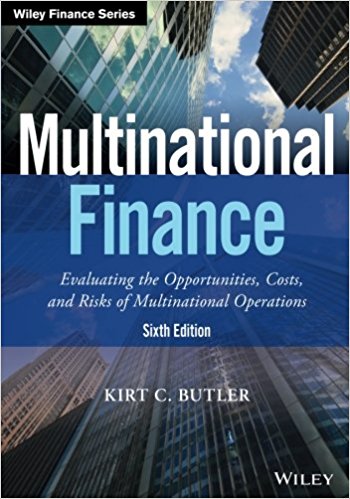
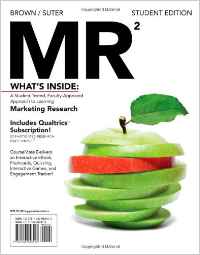



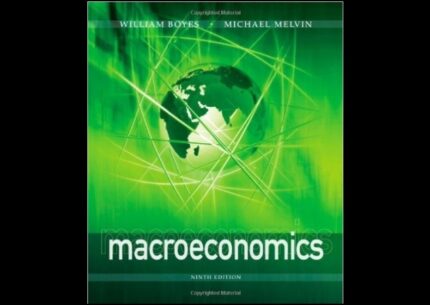
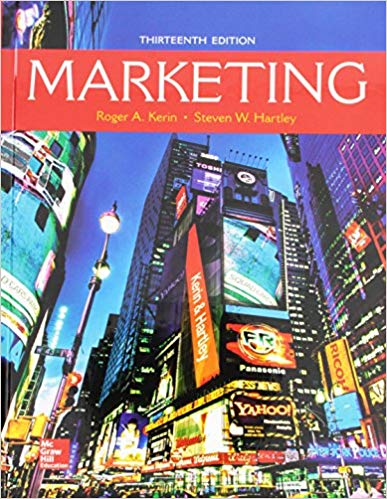
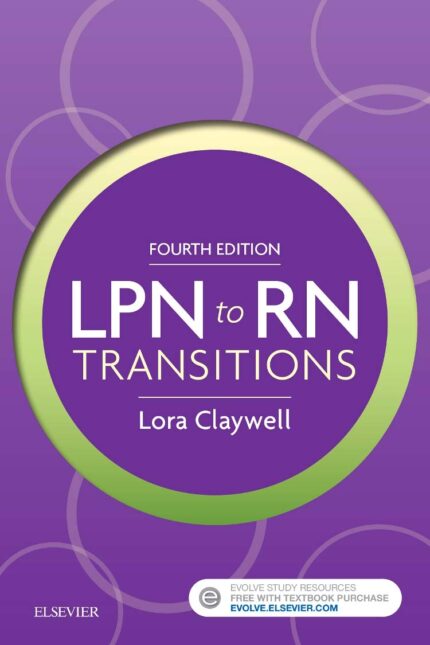



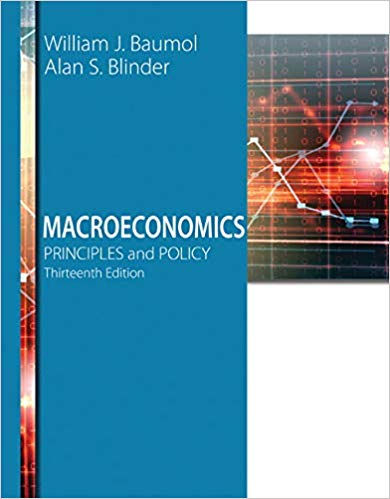

Reviews
There are no reviews yet.